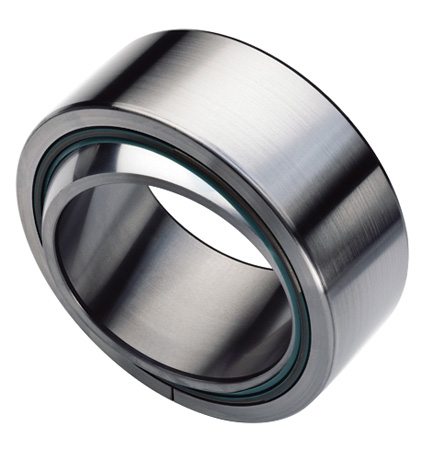Spherical Plain Bearing
Spherical Plain Bearing- Construction and Application

Spherical plain bearing | Image Source : wikipedia.org
Bearings are some necessary items in the manufacturing industries and even at our homes. But, are you aware of their uses? Are you aware of the functioning of the bearings which are so important in our daily lives?
Bearings are permitting rotation in an angle, based on the point at the center of two orthogonal directions, generally, within a permissible geometrical angular limit, is called spherical plain bearing. The inner ring of a bore or shaft is made with such bearings.
Physical Construction: Spherical plain bearing is either mechanical or hydrostatic in nature, consisting of an inner and outer ring with locking feature, axially captivating the inner ring along with the outer ring.
The outer layer of the inner ring and an inner layer of the outer ring have toroidal surfaced, and collectively they form a raceway sliding against one another, with the help of some lubricant or with some ball bearing, thus lowering the friction.
Application of Spherical Plain Bearing: They are used in innumerous applications, where changing alignment of axial rotation is involved. A vehicle’s A-arm with DriveAxle is the best example. The mechanics of suspension here allows the axles in its movement up and down. Suspension of car utilizes spherical bearings.
Other applications based on these bearing are – Sewing machines, heavy machinery, robotics, and driveshaft.
Bearing Pillow Block:
Housed bearing or Plummer bearing, also known a bearing pillow blocks are pedestals supporting shafts rotating by use of bearing compatible with the same. They are typically made of Cast steel or cast iron. They are anti-friction in nature. There the outer ring remains stationary whereas the inner ring is free to rotate. They are attached to the foundation by the holes at their base.
Angular Contact Ball Bearing:
The bearing which uses Races are axially asymmetrical in nature is called Angular Contact Ball Bearings. In this bearing radial load passes through an oblique line, whereas axial load follows a straight path, which tends to separate the races by axis. The angle of contact with the bearing matches the proportion and support loads combined.